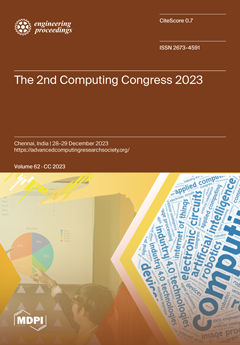Open AccessProceeding Paper
Social Media in the Digital Age: A Comprehensive Review of Impacts, Challenges and Cybercrime
by
Gagandeep Kaur, Utkarsha Bonde, Kunjal Lalit Pise, Shruti Yewale, Poorva Agrawal, Purushottam Shobhane, Shruti Maheshwari, Latika Pinjarkar and Rupali Gangarde
Viewed by 932
Abstract
There are very renowned social media platforms like Instagram, Twitter, Facebook, etc., with each of which being used by different shareholders across the world to communicate with each other. Social media is a pool of online communication platforms that are based on community
[...] Read more.
There are very renowned social media platforms like Instagram, Twitter, Facebook, etc., with each of which being used by different shareholders across the world to communicate with each other. Social media is a pool of online communication platforms that are based on community input, content sharing, and collaborations. The way we communicate, share information, and connect with other people has been revolutionized by social media. This has led to a series of benefits but also posed many challenges, especially in cybersecurity. This paper investigates the varied influences of social media, examining both its good and negative consequences across a variety of industries. It focuses specifically on the cybersecurity concerns posed by the growing usage of social media, shedding light on the vulnerabilities encountered by individuals and organizations. This investigation includes a study of common cybercrimes like phishing, social engineering, burglary via social networking, virus attacks, cyberstalking, identity theft, and cybercasing. This study emphasizes the importance of a complete and targeted cybersecurity approach that includes preventive measures such as privacy enhancements, user training, sophisticated email filtering, robust authentication, and encryption technologies. Individuals and organizations can traverse the evolving social media ecosystem with greater cyber resilience by addressing these challenges and using proactive tactics.
Full article
►▼
Show Figures




